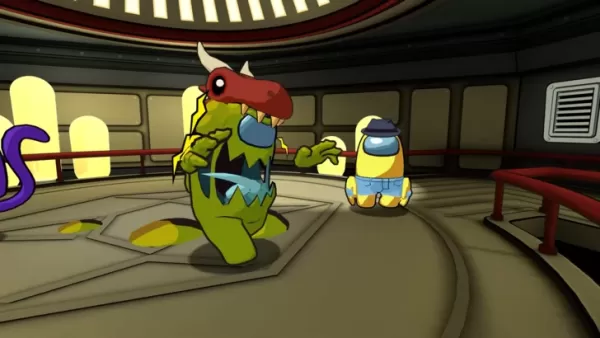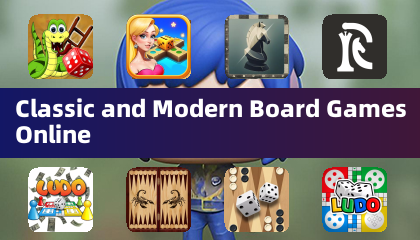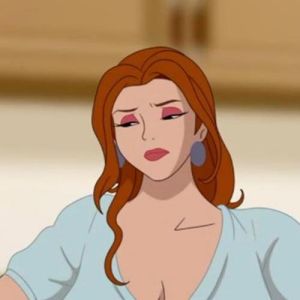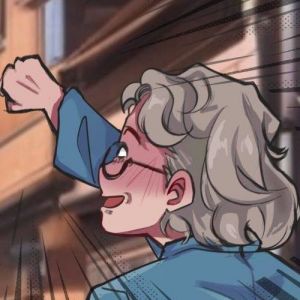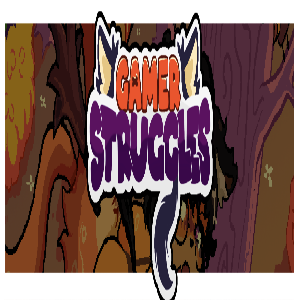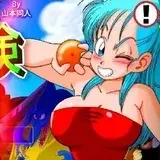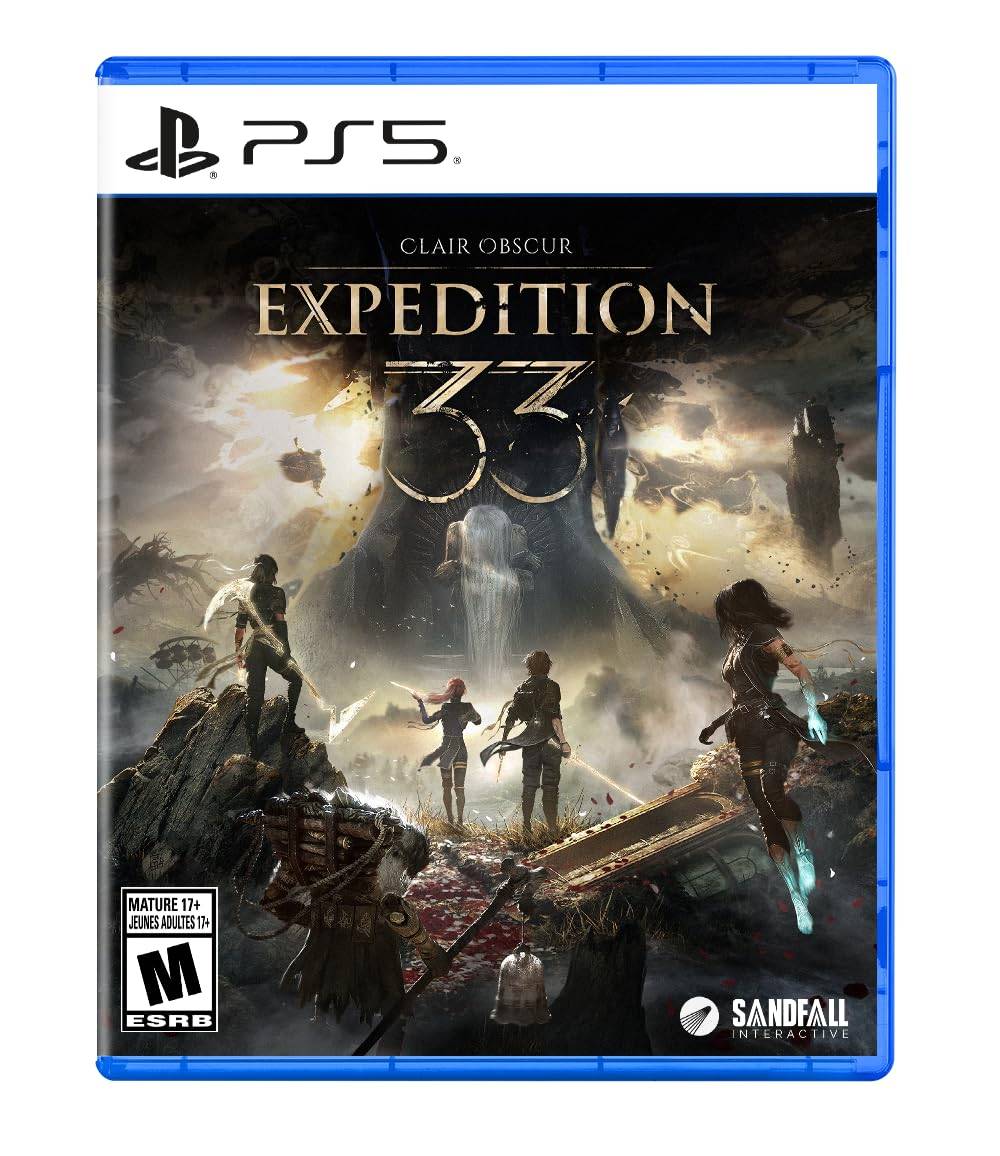Amazon Prime's animated adaptation of Robert Kirkman's Invincible has revitalized interest in the comic book series. The show's blend of intense action, complex characters, and morally gray storytelling quickly gained a dedicated following. However, translating the sprawling comic narrative to television necessitated changes, some subtle, others more impactful. This analysis examines key differences between the animated series and the comics, dissects the shortcomings of Season 3, and explores the overall effect of these adaptations.
Table of Contents ---
From Page to Screen: Key Differences Mark Grayson's Evolution: Accelerated vs. Gradual Development Supporting Characters: Screen Time Shifts Antagonists: Streamlined Motivations Action Sequences: Enhanced Visual Spectacle Thematic Focus: Morality and Legacy in the Spotlight Season 3 Critique: A Diminished Impact Repetitive Narrative: Familiar Ground Retreaded Cecil's Subplot: An Unrealized Potential Action Sequences: A Lack of Impact Slow Start: Delayed Momentum Adaptation and Innovation: Finding the Balance Reasons to Continue Watching (Spoiler Alert!)
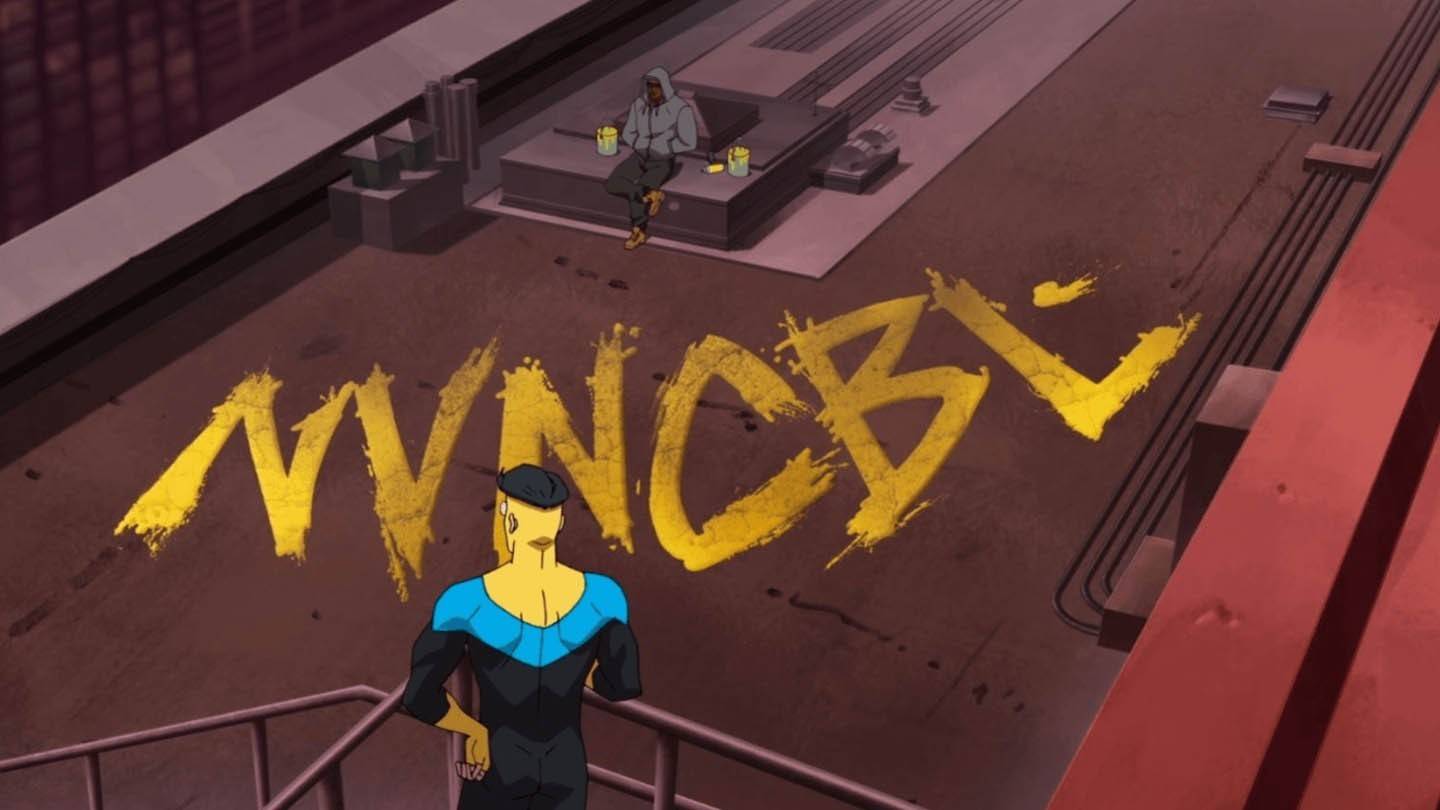 Image: amazon.com
Image: amazon.com
Mark Grayson's Evolution: Accelerated vs. Gradual Development
A core difference lies in Mark Grayson's portrayal. The comics depict a gradual superhero transformation, showcasing his growth from power discovery to grappling with the ethical dilemmas of heroism. This measured approach allows for deeper character exploration. The series, conversely, compresses this journey, prioritizing plot urgency at the expense of nuanced character development. While engaging, this accelerated pace may leave some fans feeling that aspects of Mark's growth were rushed.
Supporting Characters: Screen Time Shifts
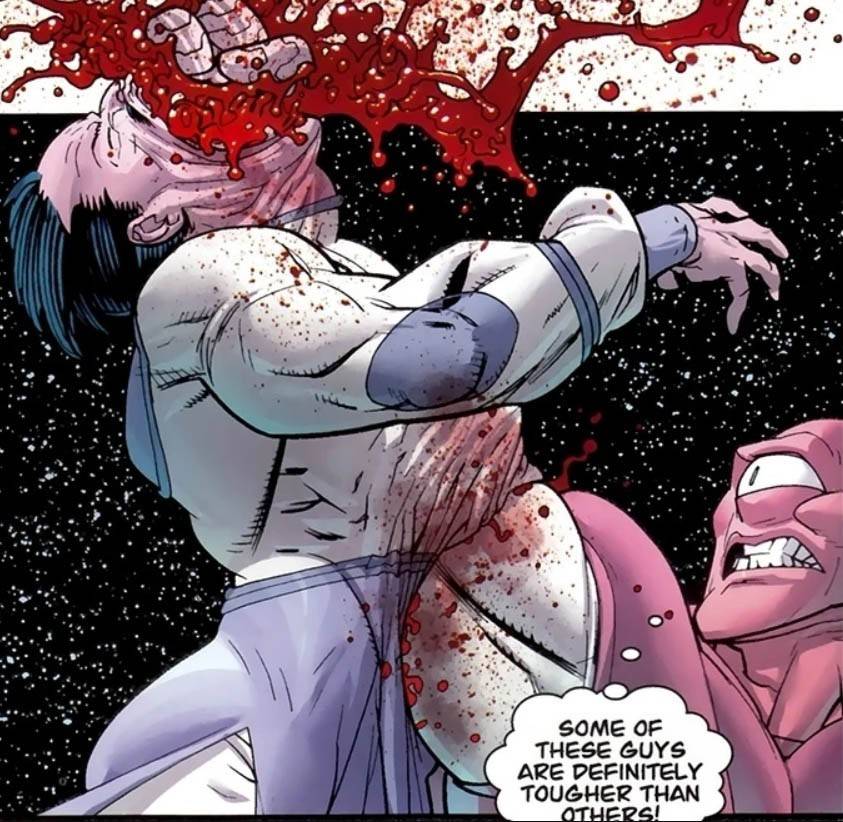 Image: amazon.com
Image: amazon.com
The supporting cast experiences significant shifts. Allen the Alien, for example, gains prominence, offering humor and context to the universe. Conversely, characters like Battle Beast receive less screen time, a change that might disappoint comic book fans. These adjustments reflect narrative streamlining decisions.
Antagonists: Streamlined Motivations
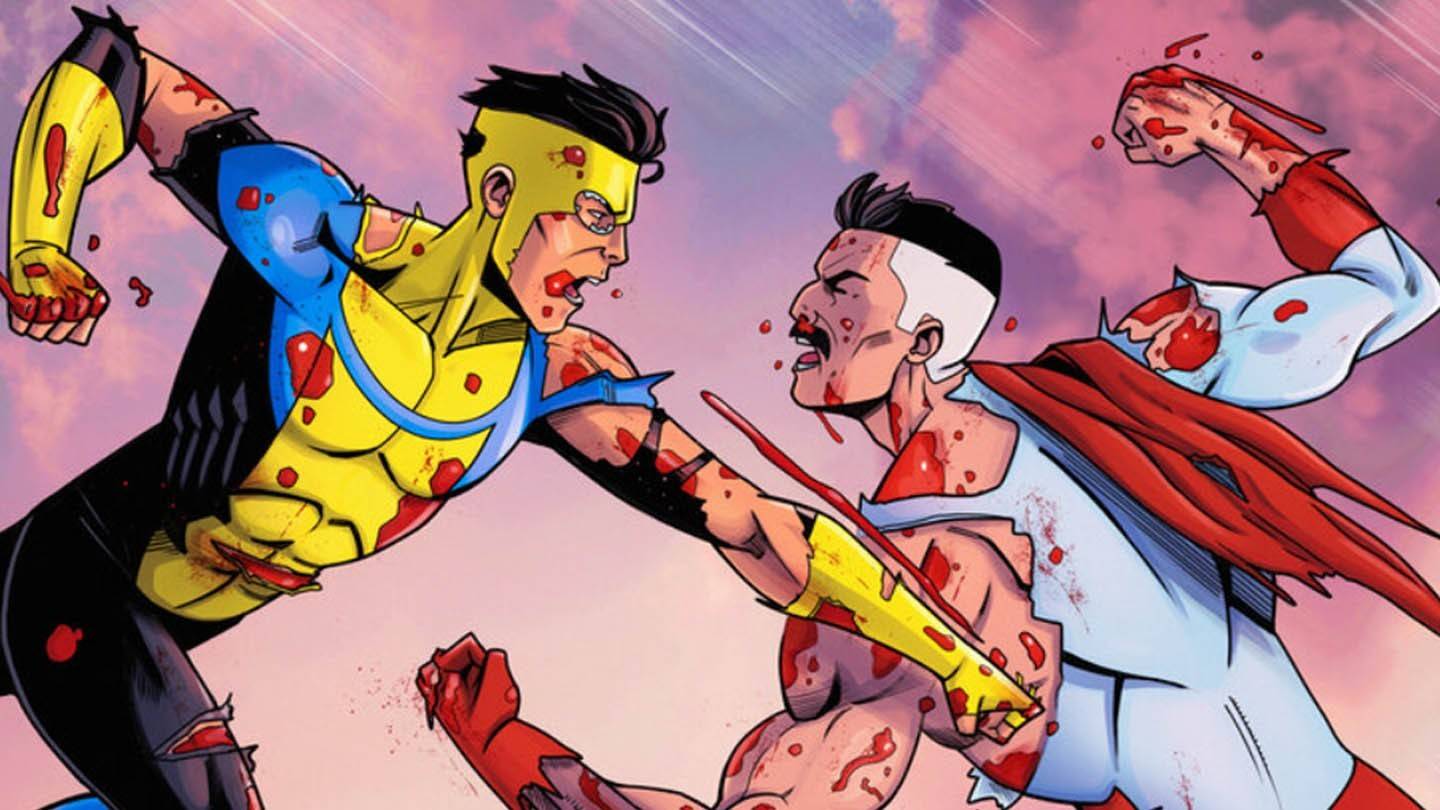 Image: amazon.com
Image: amazon.com
Villains like Conquest and the Shadow Council are more nuanced in the comics, with detailed backstories and motivations. The series simplifies these for pacing, emphasizing dramatic confrontations. This makes the story more accessible but risks oversimplifying antagonist complexity. Omni-Man's betrayal, for instance, feels more immediate in the series than the gradual descent depicted in the comics.
Action Sequences: Enhanced Visual Spectacle
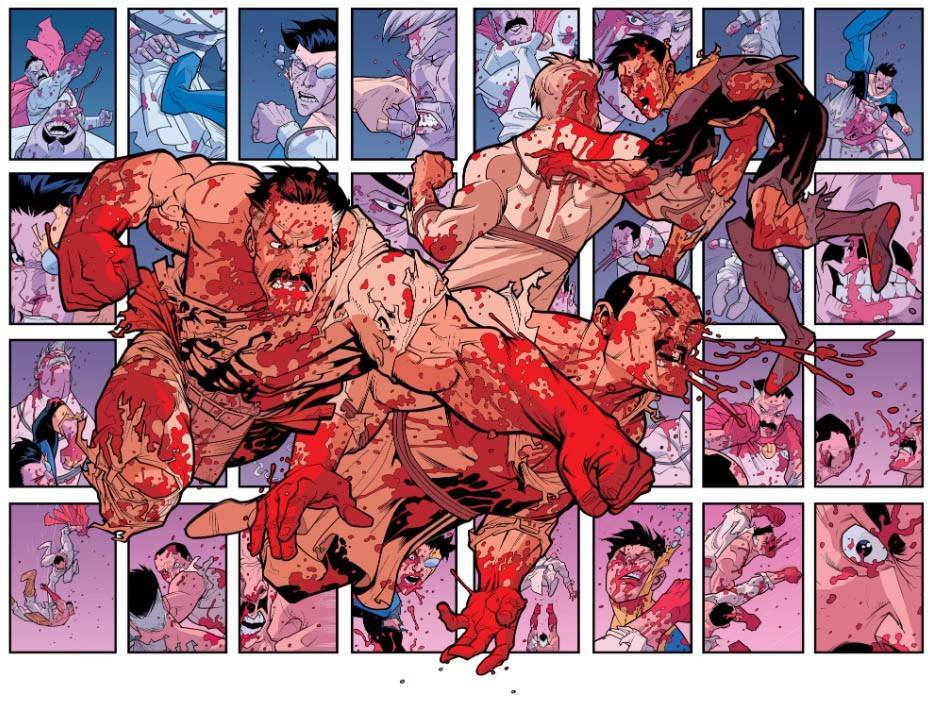 Image: amazon.com
Image: amazon.com
The series excels in its action sequences, utilizing animation's capabilities for dynamic choreography and special effects. Battles are visually intense, rivaling live-action films. However, these enhanced sequences sometimes deviate from the comics, though generally enhancing rather than detracting from the overall experience.
Thematic Focus: Morality and Legacy in the Spotlight
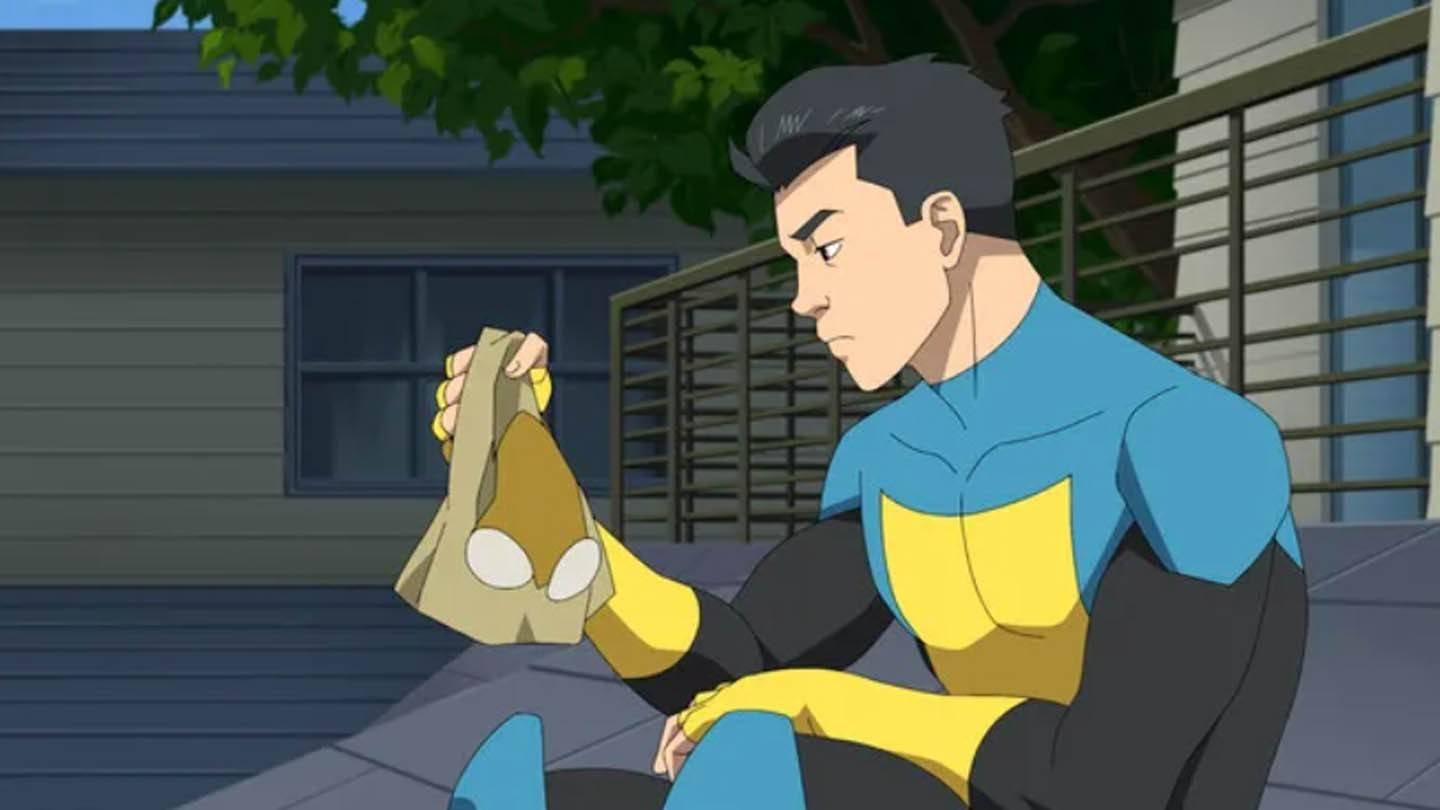 Image: amazon.com
Image: amazon.com
Thematic exploration also differs. The series emphasizes morality, power, and legacy, reflecting the episodic format. Mark's struggle with his father's actions receives more screen time. Other themes, such as the philosophical implications of superhuman existence, are downplayed for narrative focus.
Season 3 Critique: A Diminished Impact
Despite the praise for the first two seasons, Season 3 disappointed many fans.
Repetitive Narrative: Familiar Ground Retreaded
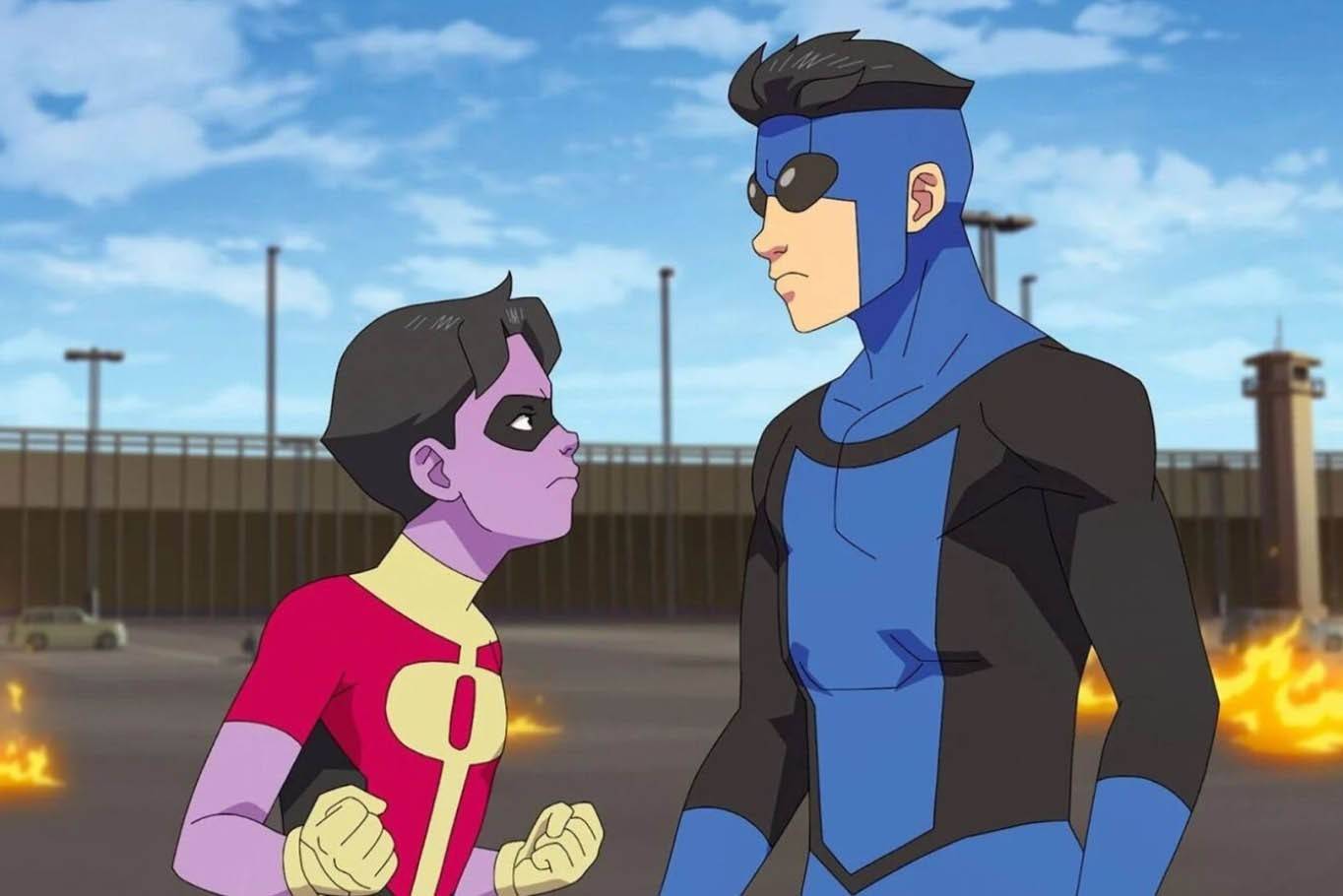 Image: amazon.com
Image: amazon.com
Season 3 relies on familiar themes and storylines, lacking the surprising twists of earlier seasons. Mark's internal conflict regarding his father's legacy, for example, feels repetitive.
Cecil's Subplot: An Unrealized Potential
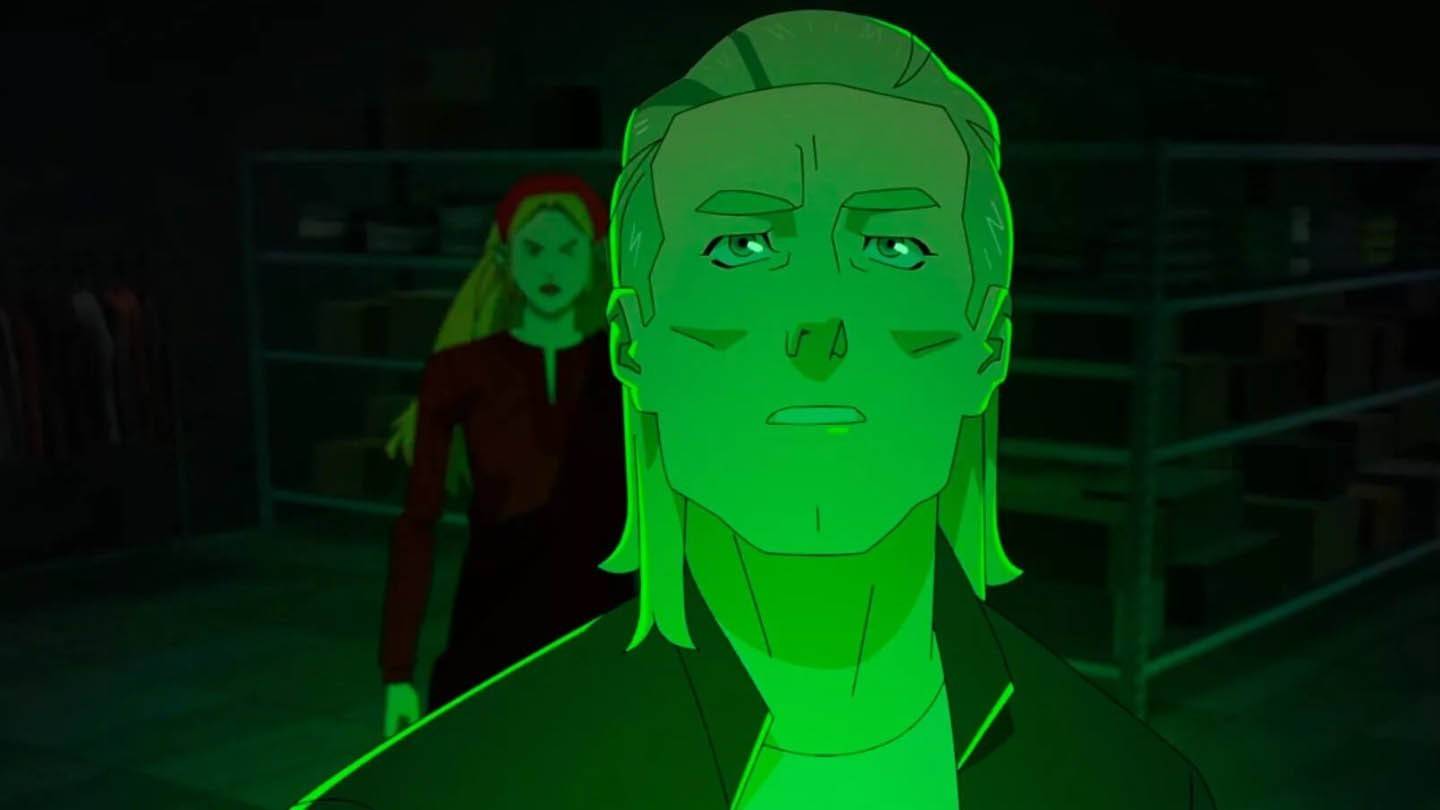 Image: amazon.com
Image: amazon.com
Cecil's subplot, involving criminal rehabilitation, is interesting but feels overly idealistic and disconnects from the show's overall moral ambiguity.
Action Sequences: A Lack of Impact
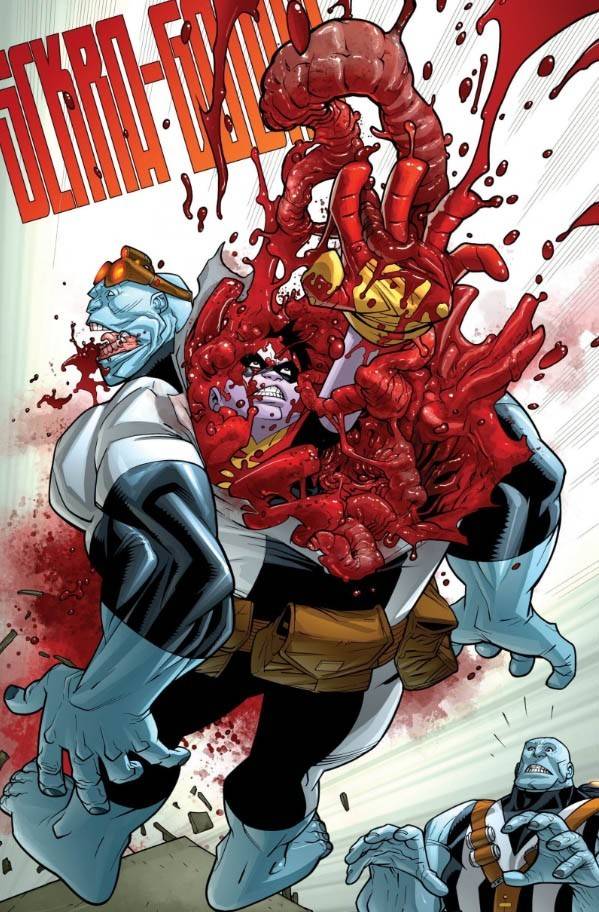 Image: amazon.com
Image: amazon.com
Even the action sequences lack the emotional impact of previous seasons, feeling repetitive and lacking genuine stakes.
Slow Start: Delayed Momentum
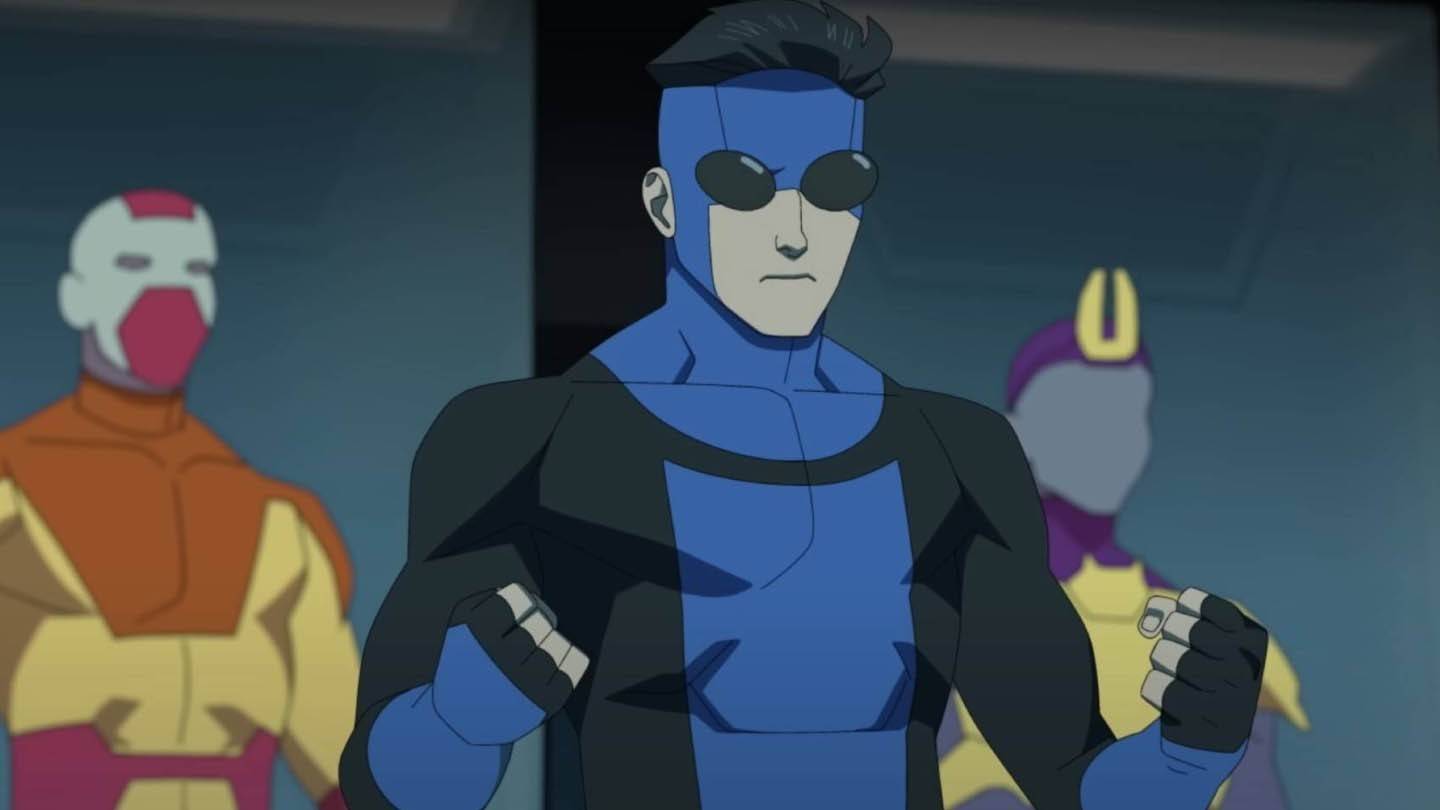 Image: amazon.com
Image: amazon.com
Season 3 suffers from a slow start, introducing generic villains and threats, delaying the build-up of excitement.
Adaptation and Innovation: Finding the Balance
Invincible successfully captures the spirit of the comics while adapting it for television. However, Season 3 highlights the challenges of balancing adaptation and innovation. Relying too heavily on familiar tropes or sacrificing depth for spectacle risks diminishing the original's strengths.
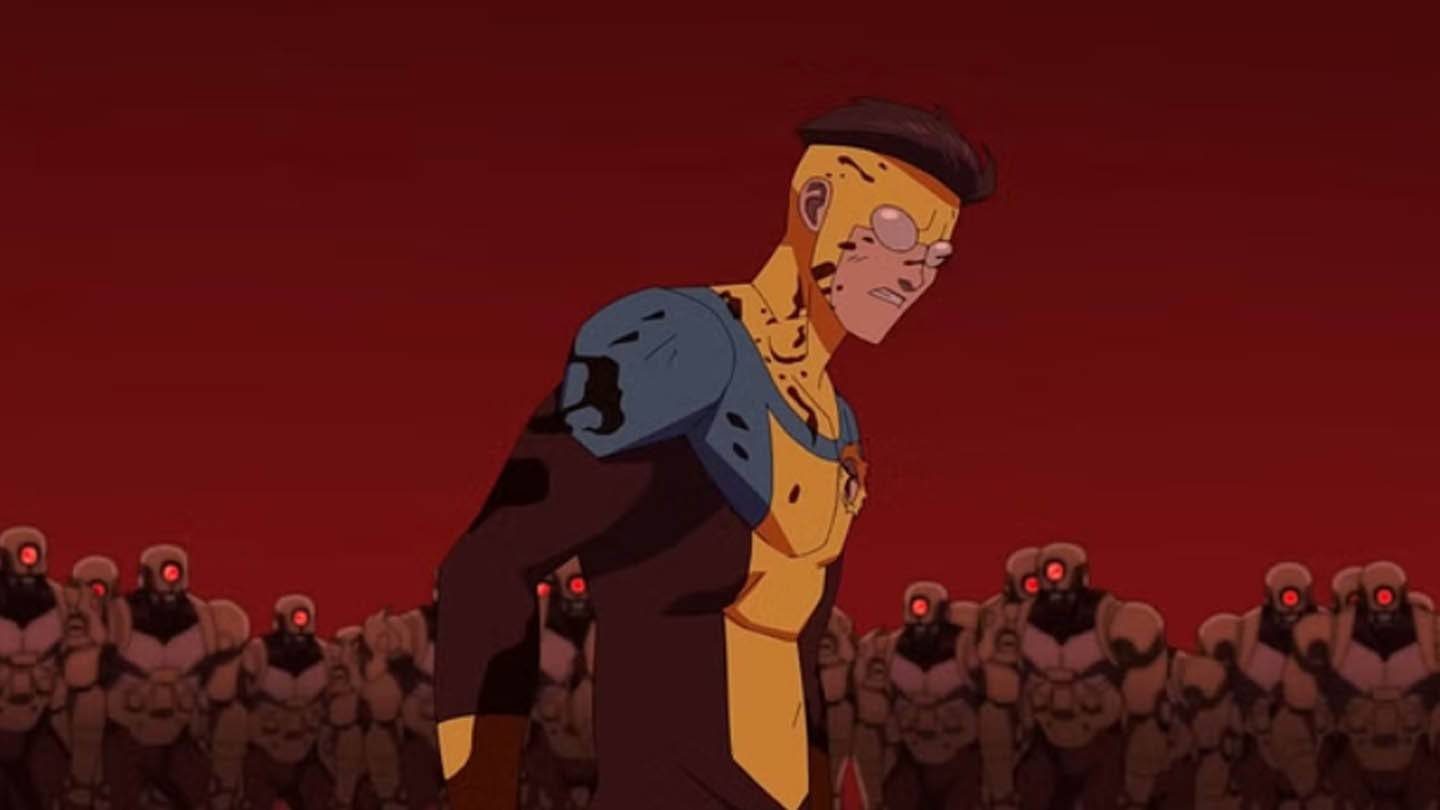 Image: amazon.com
Image: amazon.com
Reasons to Continue Watching (Spoiler Alert!)
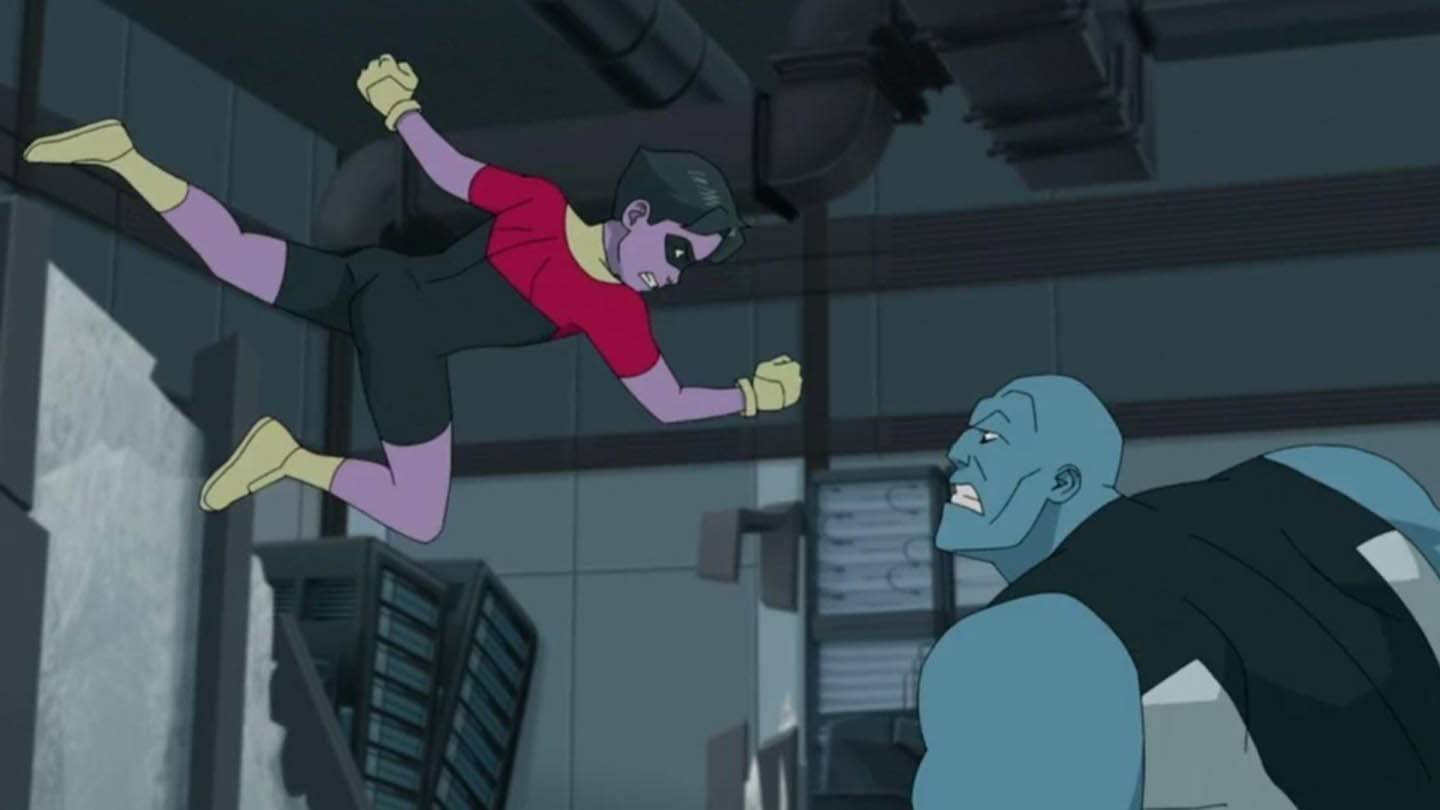 Image: amazon.com
Image: amazon.com
Despite its flaws, Invincible remains visually impressive and engaging. However, the spark that defined the first two seasons is noticeably dimmed. Whether future seasons can recapture that energy remains to be seen, especially given the limitations of adapting a completed source material.

